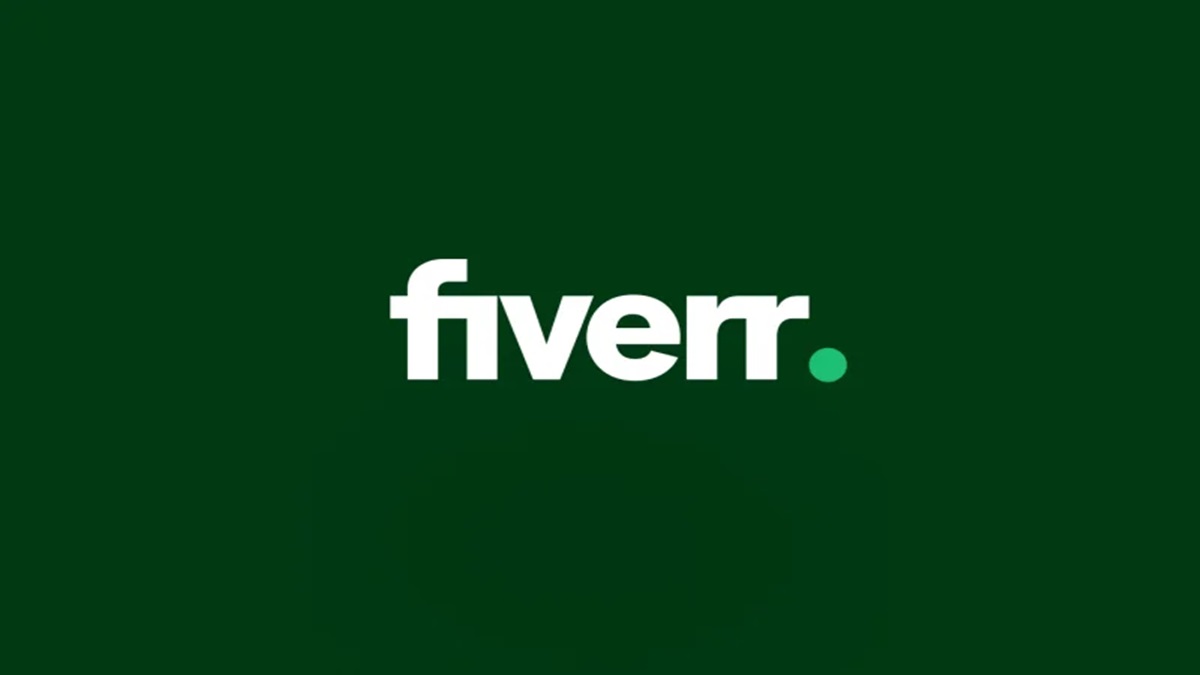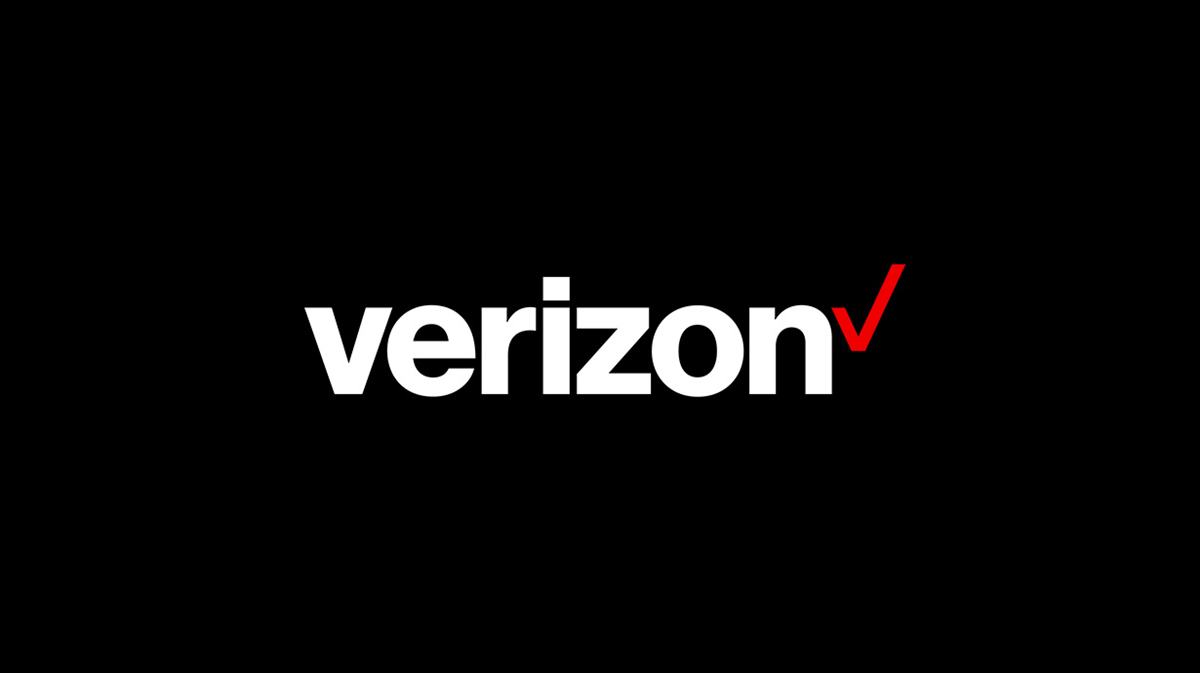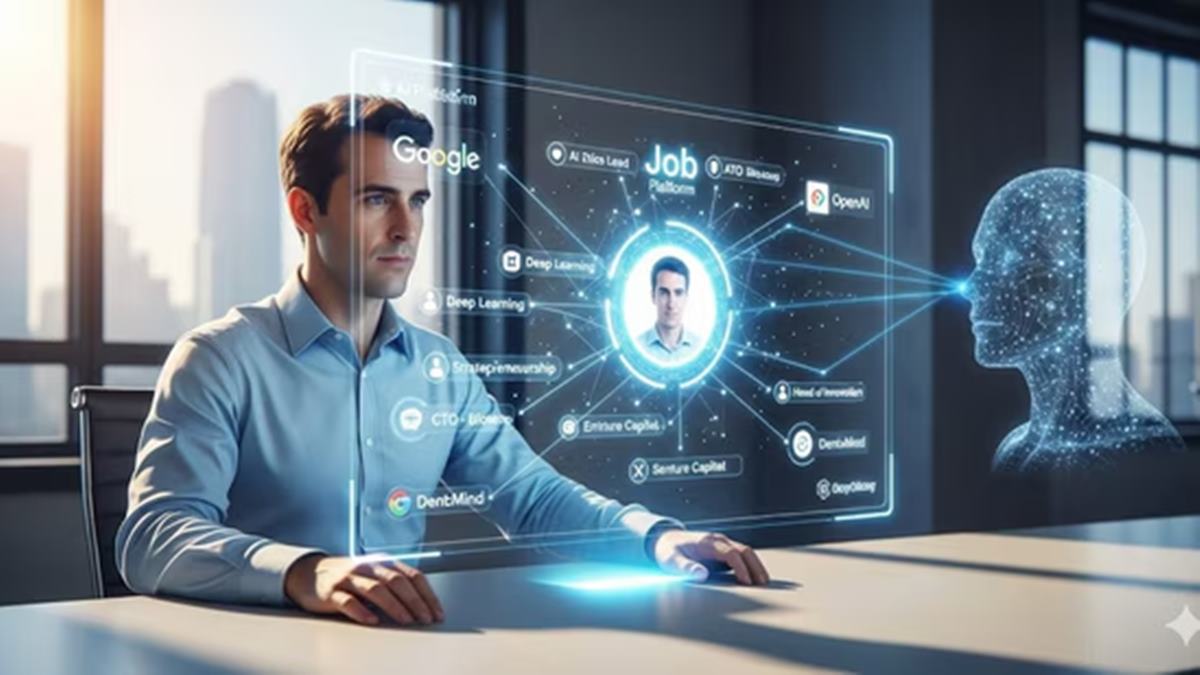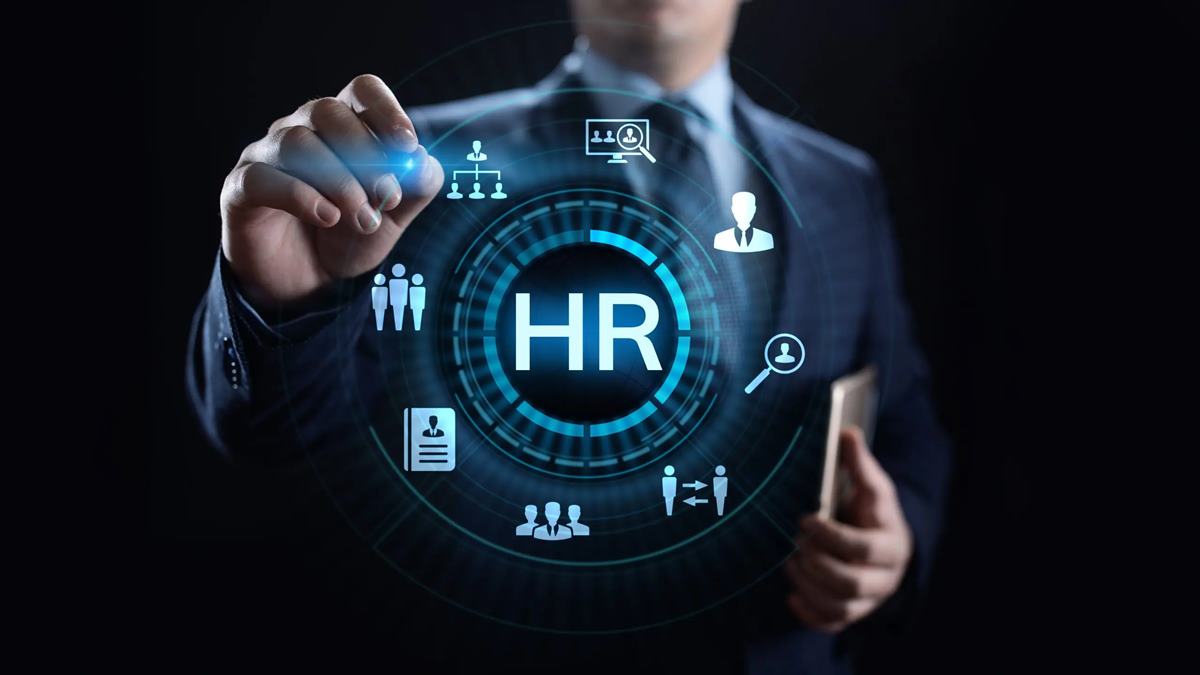The hum of collaboration is a sign of a healthy workplace—but when that hum turns into a roar, productivity takes a hit. According to the Unispace Global Workplace Insights Report, noise and interruptions are the number one barrier to doing great work. As organisations in India continue to fine-tune their hybrid workplace models, finding the right balance between energy and focus has never been more critical.
“Noise and interruptions are indeed seen as the biggest barriers to productivity, and it’s our responsibility to address this,” says Abi Roni Mattom, Country Director, Unispace India. “As a workplace strategy and design partner, our goal is never to create a silent, sterile environment that kills energy and collaboration. Instead, we design workplaces with designated zones based on different kinds of work and activities.”
Beyond quiet desks: Designing for human energy
In Unispace’s recent projects, the design philosophy revolves around flexibility and intent. Modern offices, Mattom explains, are being reimagined as ecosystems with focus rooms for deep work, collaboration zones for discussions, and informal areas for casual exchanges—each crafted to serve a distinct purpose.
Acoustic treatments and soft surfaces are increasingly used to help manage sound naturally. “These design features ensure that the office doesn’t feel suffocating or overly controlled,” he says. “We want employees to move between spaces intuitively, depending on the kind of work they’re doing.”
But design alone isn’t enough. Policy and culture must reinforce these spaces. HR, says Mattom, plays a pivotal role in introducing “focus blocks,” meeting norms, and social cues that encourage people to respect each other’s concentration time. “When HR policies complement design, interruptions decrease organically,” he adds.
Making Office days purpose-driven
Indian employees spend about 52% of their weekly working hours in the office, a figure that’s lower than the global average. For organisations, that means every in-office day must count.
“With the wide acceptance of hybrid work, businesses now understand the needs employees have from their workplaces,” Mattom notes. “The focus has shifted from attendance to purpose.”
In recent Unispace projects, clients are redesigning their offices to ensure that employees’ time on-site is purposeful—whether it’s mentoring sessions, onboarding, deep work, or collaborative problem-solving. “We’re seeing more offices integrate technology for ease of work, ergonomically optimized layouts, and biophilic and neurodiverse-friendly designs,” Mattom shares.
Many of these redesigned spaces also serve multiple roles: training centers, ideation hubs, or client engagement areas. “The idea is simple,” he says. “On in-office days, workers should have both the infrastructure and the cultural support to focus on their goals and deliver measurable outcomes.”
Redefining ROI: Beyond attendance metrics
The pandemic permanently changed how organisations measure workplace success. For HR leaders, counting heads in the office no longer reflects engagement or productivity.
“Attendance is clearly no longer the right measure of productivity or success,” Mattom asserts. “Businesses should focus on how the workplace actually helps people do better work.”
Unispace encourages organizations to track metrics such as distraction-free focus time, cross-team collaboration, and time-to-productivity for new hires. These indicators, when connected to tangible business outcomes—like faster project turnaround or higher retention—reveal the true ROI of workplace transformation.
Mattom cites BlackLine, one of Unispace’s clients, as an example. “They actively collect feedback on how employees use different spaces—whether for collaboration, quiet work, or creative brainstorming—and then link those insights to performance outcomes,” he explains. “When companies make these connections, the impact of good design becomes undeniable.”
Striking the balance: Collaboration without chaos
So, what’s the right mix of spaces for Indian offices today? According to Mattom, there’s no universal formula—but flexibility is the clear winner.
“In our projects across India, focus rooms are always in demand,” he observes. “But offices that offer adaptable collaboration areas and fluid neighbourhoods tend to perform best.”
Unispace’s design for HP’s office in Gurgaon illustrates this balance beautifully. The space features movable digital screens that let teams seamlessly switch from small demos to large town halls within minutes. “Adaptability ensures that the same environment can support multiple use cases without clutter or confusion,” says Mattom.
However, even the best design can fail without clear etiquette. “HR teams need to establish norms that prevent ‘collaboration sprawl’—for instance, encouraging employees to choose the right space for the right activity and to avoid overbooking or overcrowding common areas,” he adds. “When paired with adaptive design, these practices empower people to self-manage their time while staying connected and creative.”
Looking Ahead: Busting the ‘desk time’ myth
As organisations plan for the workplaces of 2026 and beyond, Mattom believes it’s time to retire one persistent myth: that sitting at a desk for long hours equals productivity.
“Productivity comes from doing the right work in the right environment,” he stresses. Instead of tracking presence, HR should invest in purposeful in-office experiences—focused collaboration sessions, learning labs, mentoring workshops—that drive engagement and skill-building.
“These interventions might seem small,” Mattom concludes, “but when done well, they have a noticeable impact on both performance and culture.”
Key takeaway for HR leaders
The modern workplace is no longer about how many people show up—it’s about what happens when they do. For HR, the challenge is to orchestrate spaces, policies, and behaviors that protect focus, fuel collaboration, and make every office hour count.




















